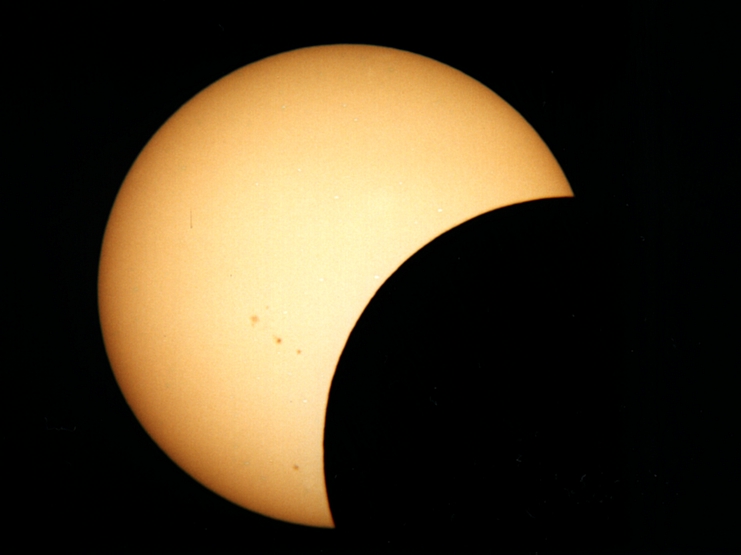|
moon phases |
U.A.E. University Resources
Astronomy Sites on the World wide Web
FRESH SPACE NEWS FROM UNIVERSE TODAY
Astronomy is the study of the Universe. One main goal of this introductory course is to present astronomy as a beautiful and exciting science. The Sun and the Moon are just two common astronomical objects that we are all familiar with. But, to the general person, it is wrongly admitted that the Sun-Earth distance is the main cause of the seasons and that the phases of the Moon are caused by the Earth shadow on the Moon.
We will start our journey in this course with a general introduction: the different branches of astronomy, the solar system, stars, galaxies, and the contribution of ancient civilizations. We will then treat in details the contribution of Muslims in the field of astronomy. Four major scholars will be covered: Al-battani, Ibn Yunis, Al-Biruni, and Ibn al-Shatir. Then, spherical astronomy will be our next subject where we will introduce the different coordinates systems used to find objects in the sky, the reason for the seasons, the cause of the eclipses, the determination of the Qibla direction, the start of the five daily prayers, and the determination of the Islamic months.
Then we will examine the solar system and its nine planets, comets, asteroids, and meteorites. Stars will be started with the Sun first. We will discuss the different phases of a star as it evolves with time. Finally, we will explore galaxies and the origins of the Universe.
Several observations will be scheduled along the semester in both male and female campuses. The observations will emphacize on the planets and on the Sun.
The schedule for the Fall 2005 semester is as follows (Insha-Allah):

Observing session Mujighi Campus (Nov. 15, 1998)

Observing Session Mujighi Campus (Feb& 21, 1999)
A rare line up with a celestial beauty....

Jupiter (up), Crescent Moon, and Venus (Feb. 18, 1999)
Student must attend all classes and is responsible for all work. If a student misses a class, he/she must contact the instructor for make up work. Past experience shows that students who succeed in this course are those who attend class regularly.
The course is tentatively divided into twelve chapters:
As for any exam, the student must come early to the assigned room and must have a proper ID card. Students who come late will not be allowed to take the exam and any cheating during the exam will be properly dealt with according to the university rules.
A comprehensive final exam will be given at the end of the semester. The date and time set for this exam are: Tuesday, Dec. 27, 2005 between 10:30-12:30.
A mid-term exam will be given in the middle of the semester. The date and time set are: Monday, Oct. 24, 2005 between 20:00-21:00.
The mid-term exam will consist of 40 multiple-choice questions.
Short quizzes (10 to 15 minutes) will be given in class along the semester. A quiz is given after completion of three chapters. Since the course consists of 12 chapters, 4 short quizzes will then be given.
Grades for Spring 2005 (not listed yet)
Note: The grades listed in the links below are temporarily and are updated after each exam. You must have Adobe Reader 5.0 or later to read the files.
Partial Solar Eclipse of August 11, 1999 from Al-Ain (UAE)
Some nice pictures that I have taken from Al-Ain on that very hot day of August 11 during the partial solar eclipse. An 8" meade telescope equipped with a solar filter was used to take the pictures. The 35 mm camera was loaded with a 200 Kodak Gold film with exposures of 1/60sec.





Last Update: Sep. 05, 2005